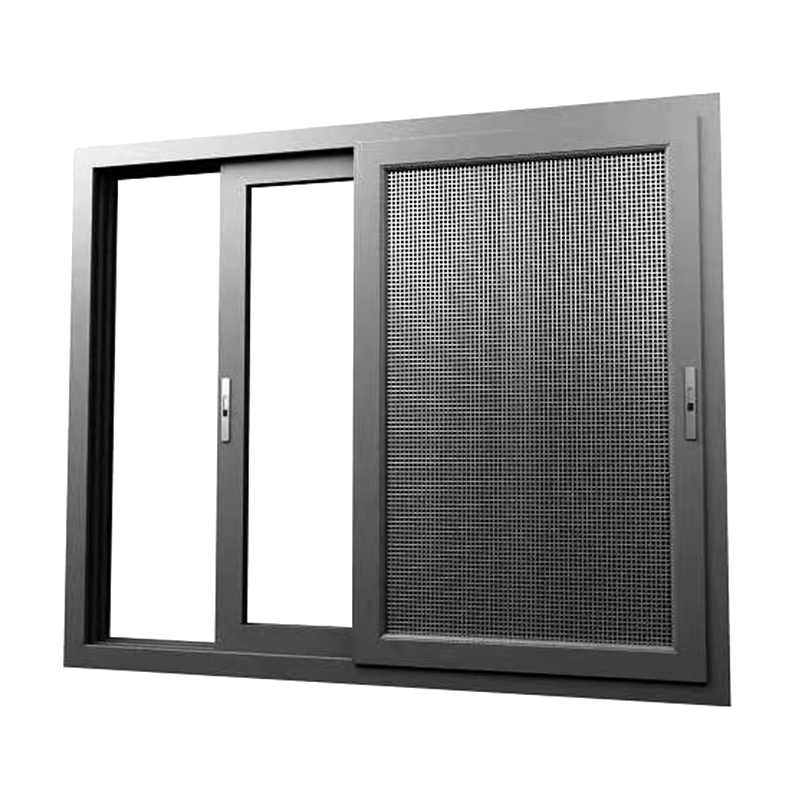Send inquiry
Aluminum sliding windows can be energy-efficient, especially when they are equipped with thermal breaks or other features designed to reduce heat transfer. Here’s a detailed look at their energy efficiency characteristics:
Thermal Breaks
Definition: Aluminum sliding windows with thermal breaks incorporate insulating materials (often polyamide or similar materials) between the interior and exterior parts of the aluminum frame.
Purpose: Thermal breaks significantly reduce the conductivity of heat through the frame, minimizing thermal bridging. This helps to improve the overall thermal performance of the window.

Benefits:
Enhanced Insulation: Thermal breaks reduce heat loss in cold weather and heat gain in hot weather, improving the window's energy efficiency.
Condensation Control: By reducing temperature differences between indoor and outdoor surfaces, thermal breaks can help mitigate condensation issues.
U-Factor and Energy Ratings
U-Factor: This measures how well a window prevents heat from escaping. Lower U-factor values indicate better insulation. Aluminum windows without thermal breaks typically have higher U-factors, meaning they are less efficient at retaining heat compared to those with thermal breaks.
Energy Ratings: Energy Star ratings and other certifications can indicate the overall energy efficiency of aluminum sliding windows. Look for windows that meet or exceed local energy efficiency standards.
Low-E Coatings and Glazing Options
Low-E (Low Emissivity) Coatings: Some aluminum sliding windows come with Low-E coatings on the glass. These coatings help to reflect infrared light, keeping heat inside during winter and outside during summer, thus improving overall energy efficiency.
Double or Triple Glazing: Adding multiple layers of glass with air or gas (like argon) between them further enhances insulation and reduces heat transfer through the window.
Design Considerations
Frame Design: Thicker frames generally provide better insulation, but modern aluminum sliding windows can achieve good thermal performance even with thinner profiles when equipped with thermal breaks.
Seals and Weather Stripping: High-quality seals and weather stripping help to minimize air leakage around the window sash, improving overall energy efficiency by reducing drafts.
Climate Considerations
Suitability: Aluminum sliding windows with thermal breaks are suitable for a wide range of climates. They perform well in both cold and hot climates, providing effective insulation against temperature extremes.
Aluminum sliding windows can be energy-efficient, especially when they incorporate thermal breaks, Low-E coatings, and other advanced features. These enhancements reduce heat transfer through the window, improve insulation, and contribute to lower energy bills by reducing heating and cooling costs. When considering aluminum sliding windows, look for products that are specifically designed for energy efficiency and meet local building codes and standards.